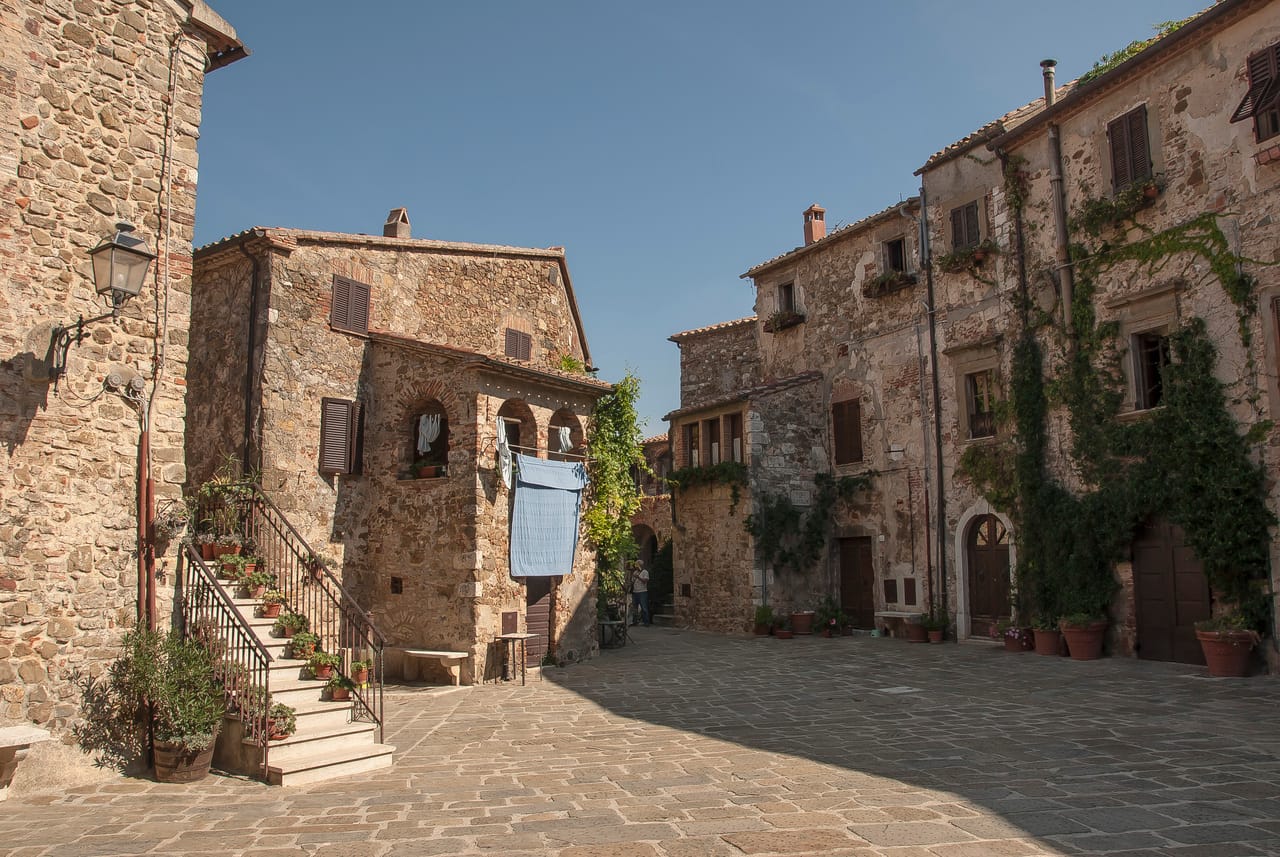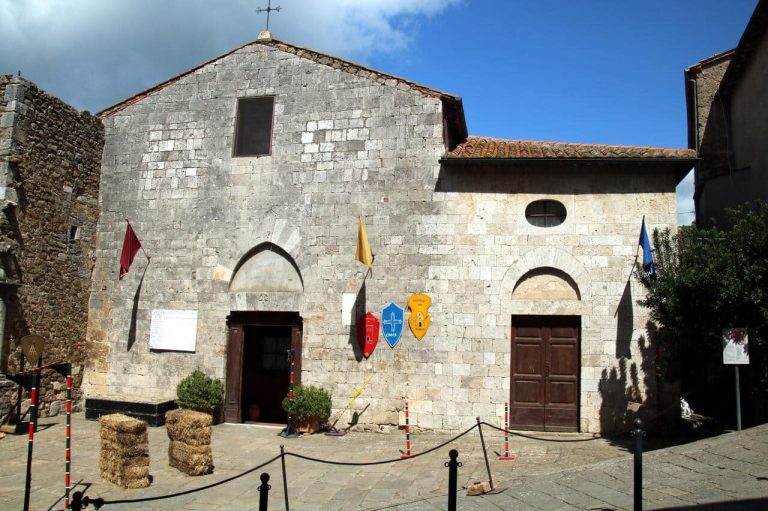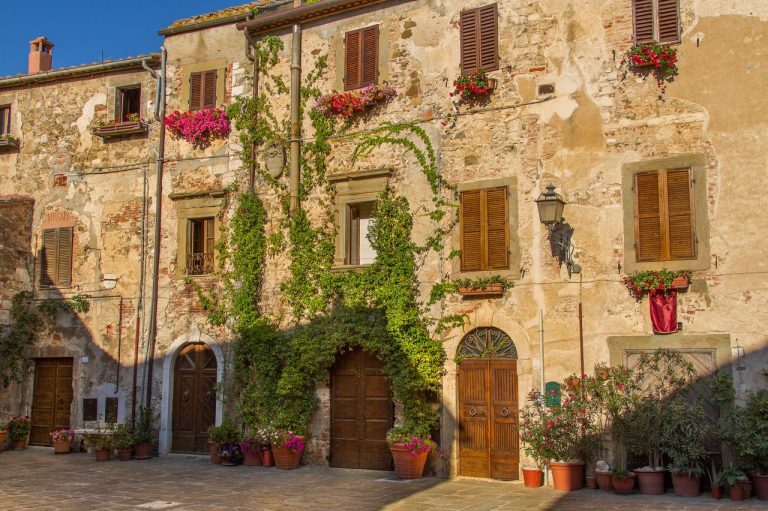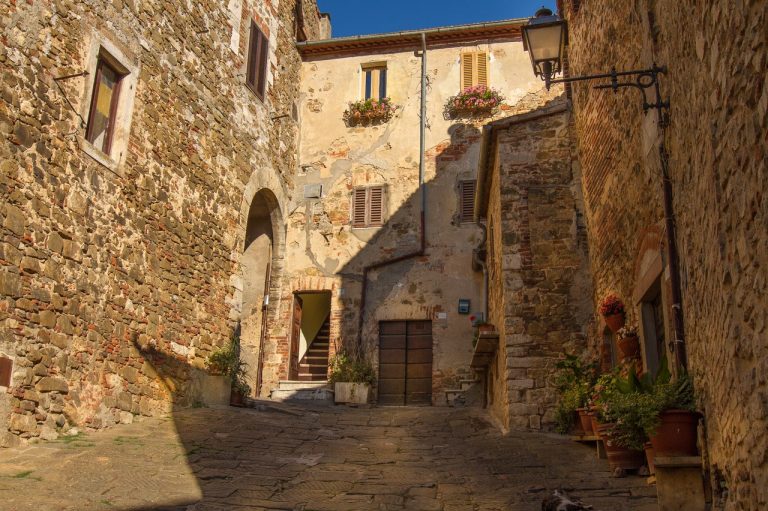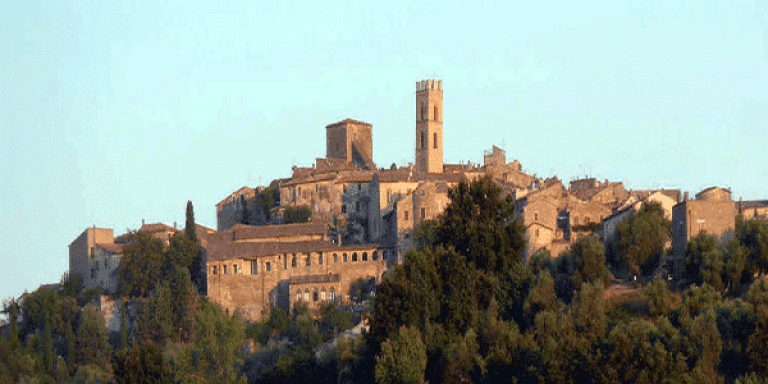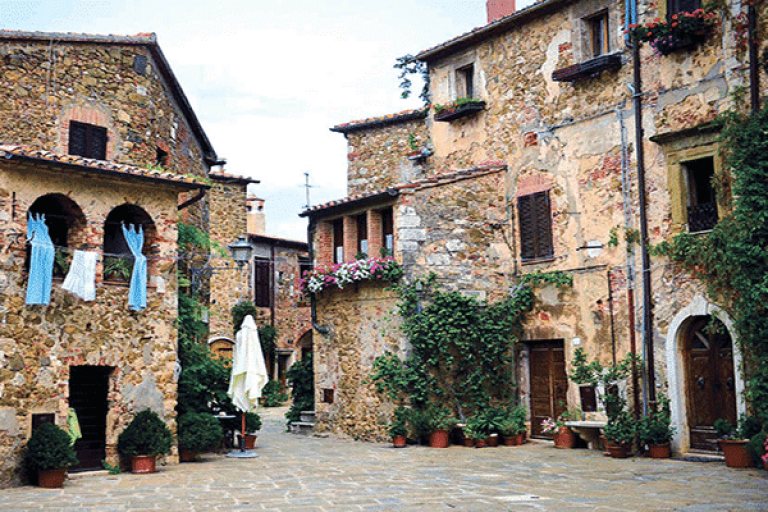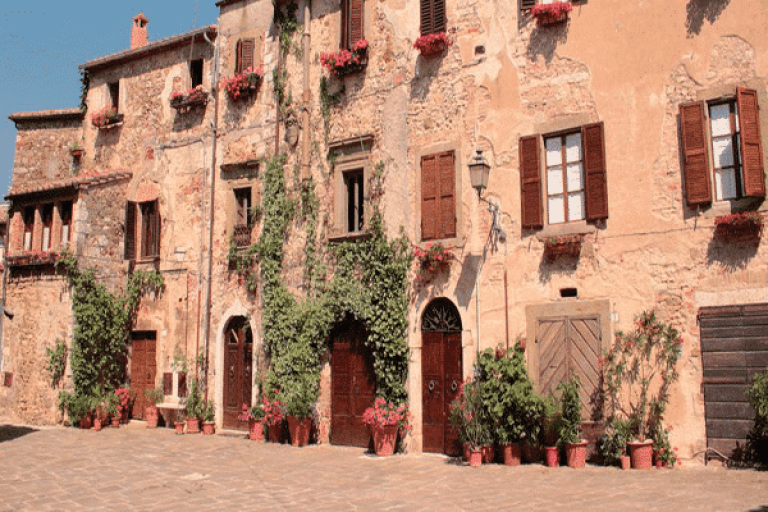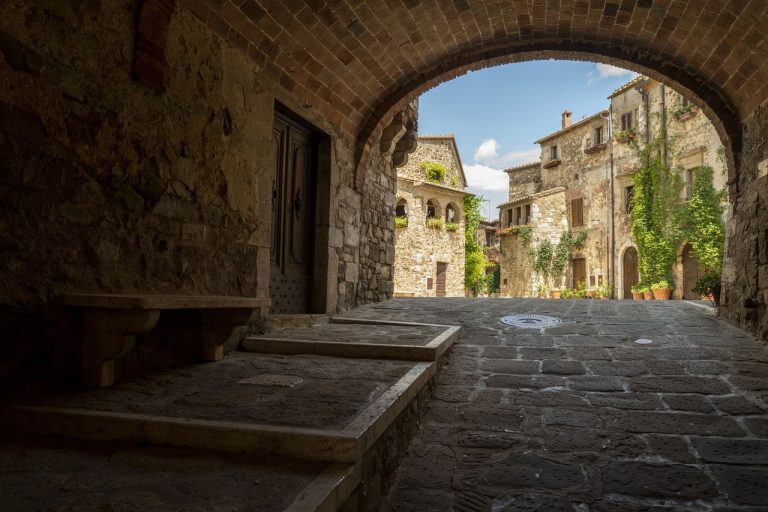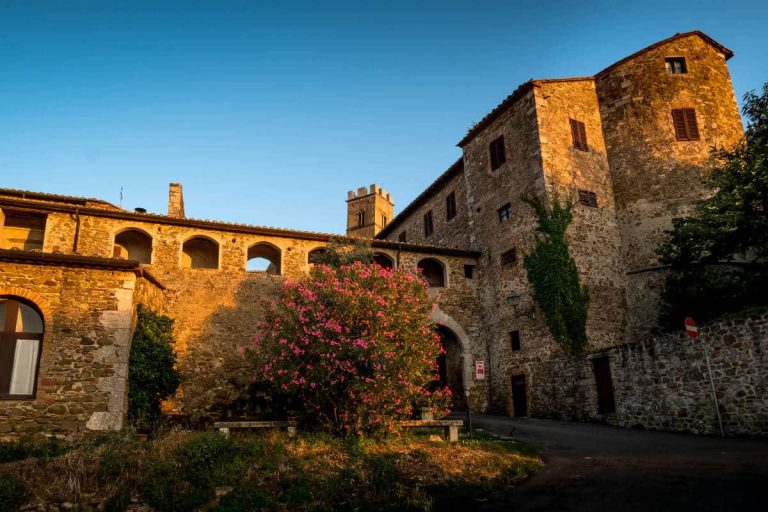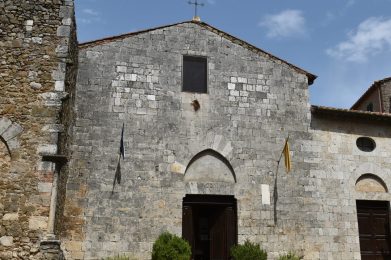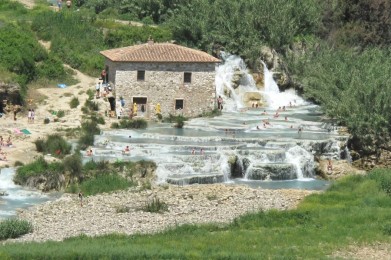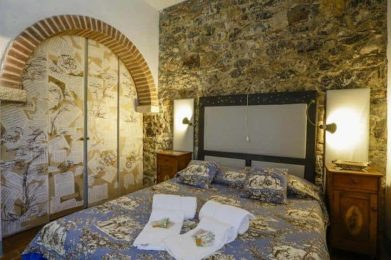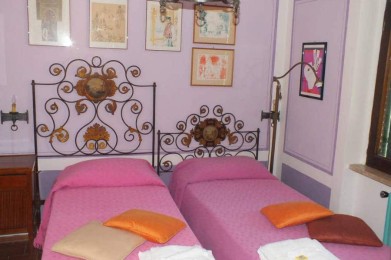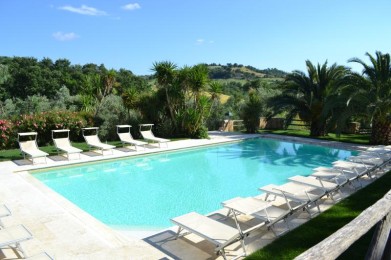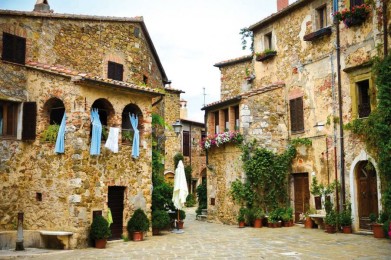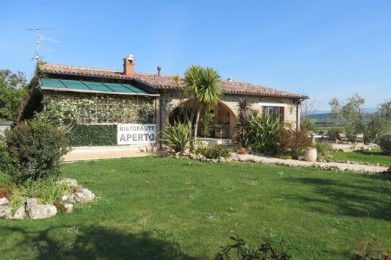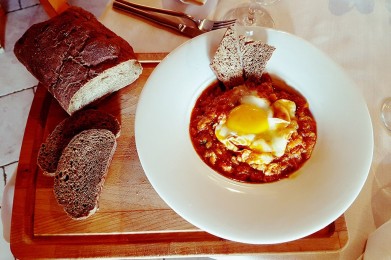Tucked among the rolling hills of the Tuscan Maremma, the charming village of Montemerano offers a fascinating perspective on the past. This ancient medieval town, with its maze of cobblestone streets, ancient buildings and unmistakable aroma of history, has earned a place on the list of "Italy's Most Beautiful Villages."
Signs of the past
Montemerano was founded in medieval times as a possession of the Aldobrandeschi family, still maintaining its original appearance. Situated on a hill between Saturnia and Manciano, it is protected by no less than three city walls and surrounded by the green Maremma countryside. Paved narrow streets and the characteristic Piazza del Castello, surrounded by stone buildings, are evidence of its long and fascinating history.
Piazza del Castello is the best-known corner of Montemerano. Surrounded by majestic historic buildings, the square seems almost like a mirage of time standing still. It is the central space of the village, where historic buildings and an archway leading to a steep path create an atmosphere of another time.
In one of the town's historic buildings, once home to a kindergarten, is an extraordinary Art History Library. It is a refuge for art lovers, who can get lost among nearly ten thousand thematic volumes there. An unexplored treasure that adds yet another element of fascination to this hamlet.
The Church of St. George: an artistic landmark
Could you imagine a medieval village without a majestic church? Certainly not. Here then, in the heart of the village, is the Church of St. George. This wonderful church, dedicated to the patron saint of the village, is famous for its frescoes and works of art. Inside, the famous "Madonna della Gattaiola" catches the eye. This work, created by an artist of the Sassetta school around 1450, has a hole at the bottom due to a curious legend.
Whether you are passionate about history, art, culture or food and wine, Montemerano has much to offer you. Immerse yourself in the beauty of this medieval village, with its quaint corners, enchanting atmosphere and views that sweep from the countryside to the Maremma hills rich in vineyards and olive groves. There is no doubt: your trip to the Tuscan Maremma will not be complete without a stop in Montemerano.

